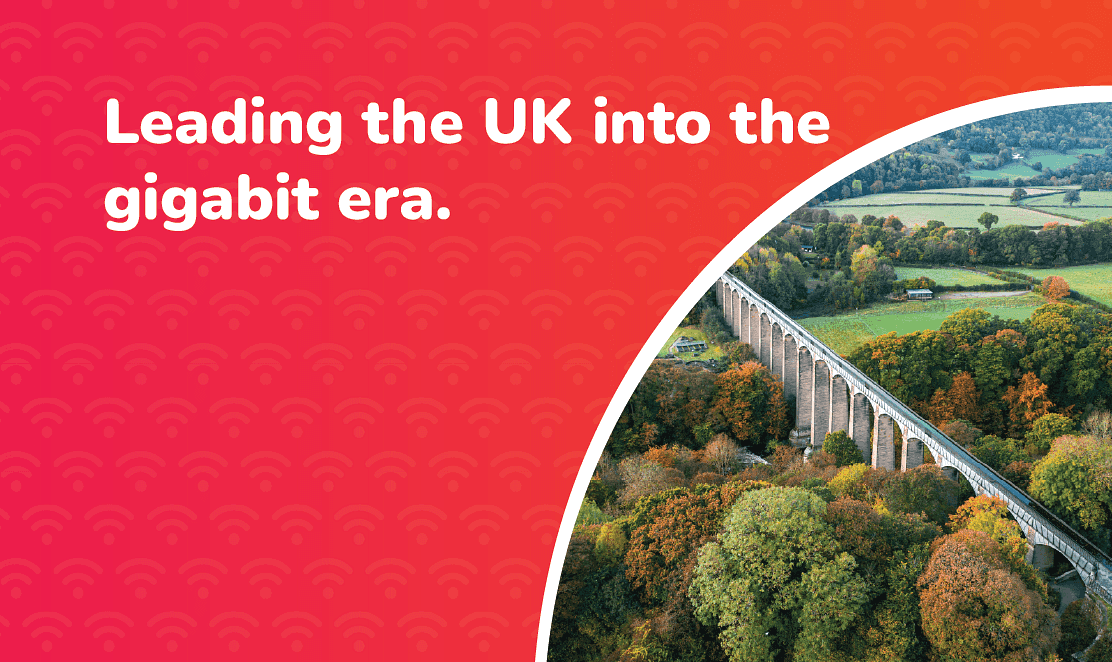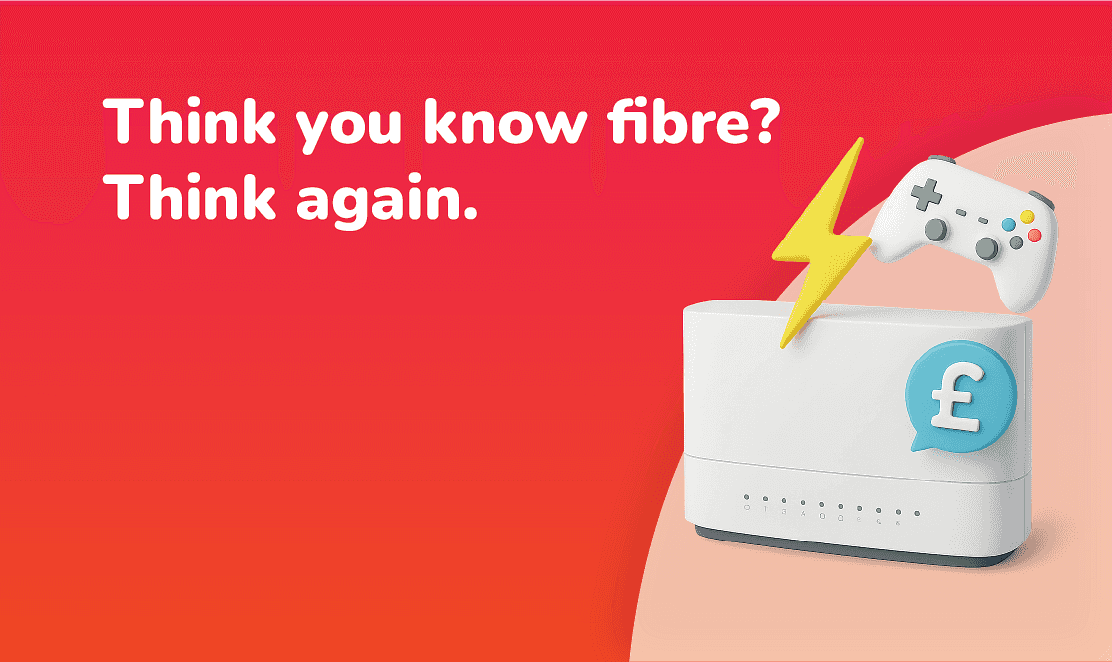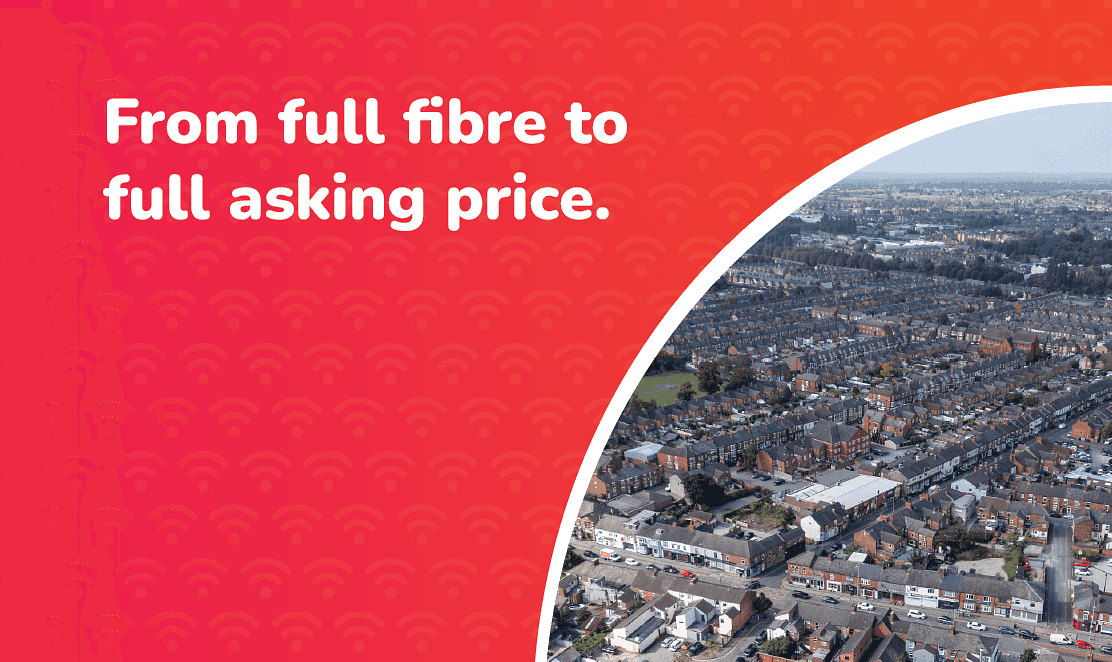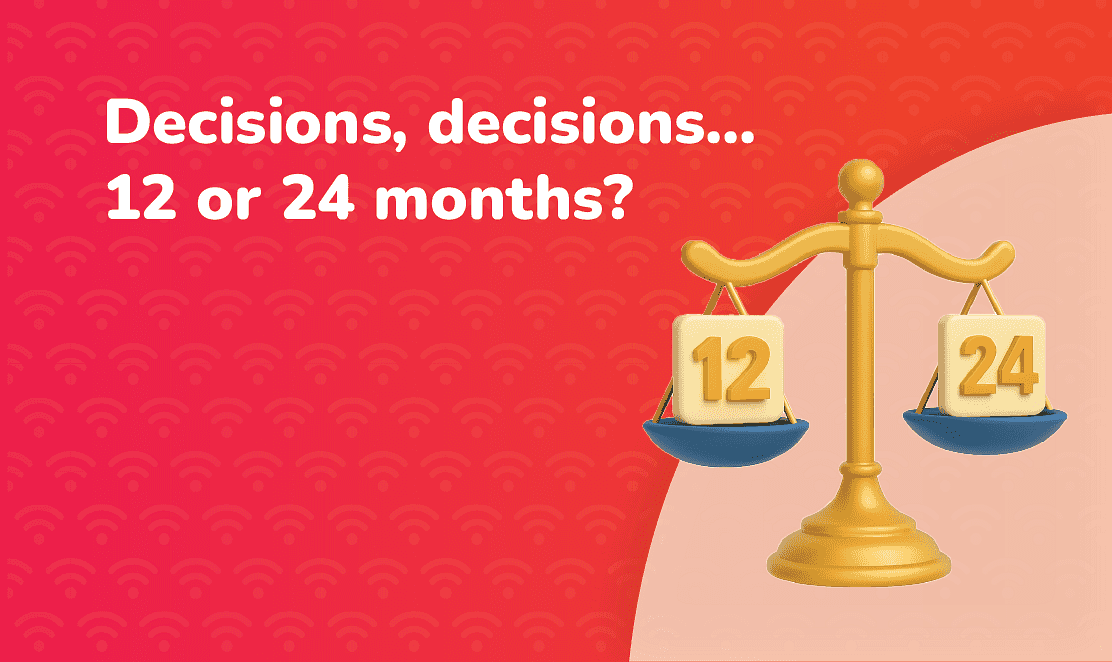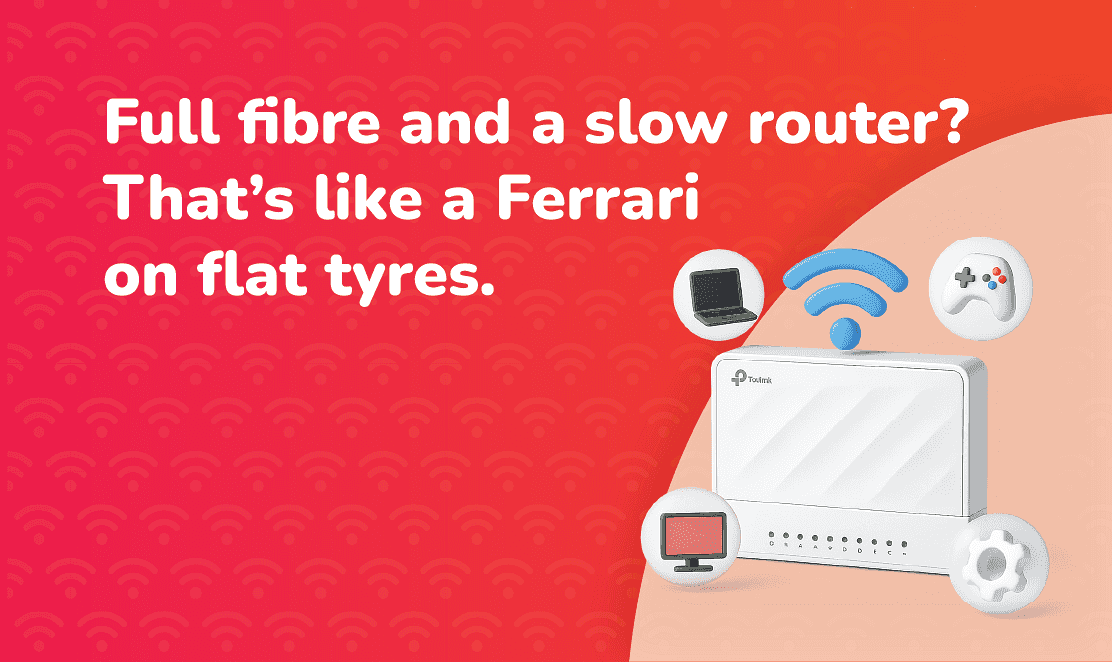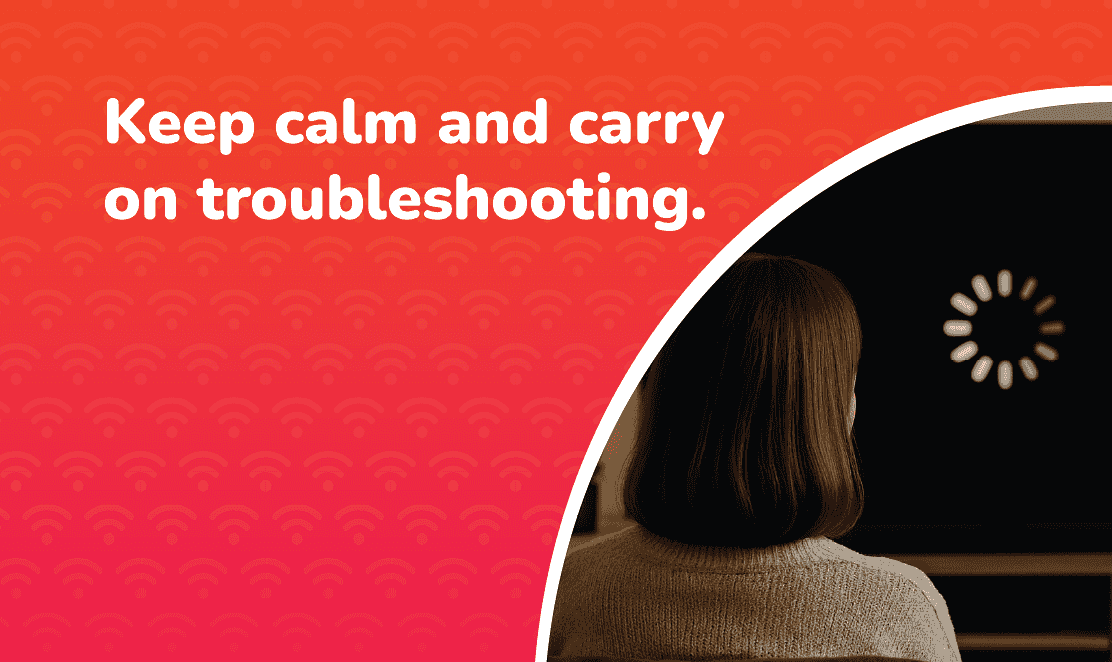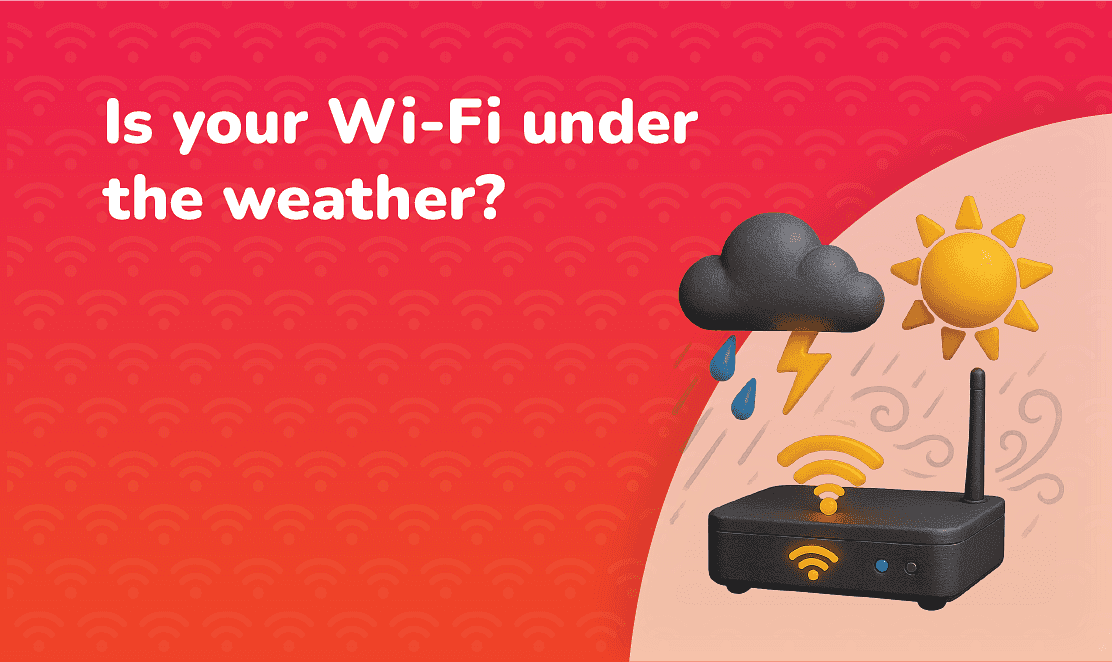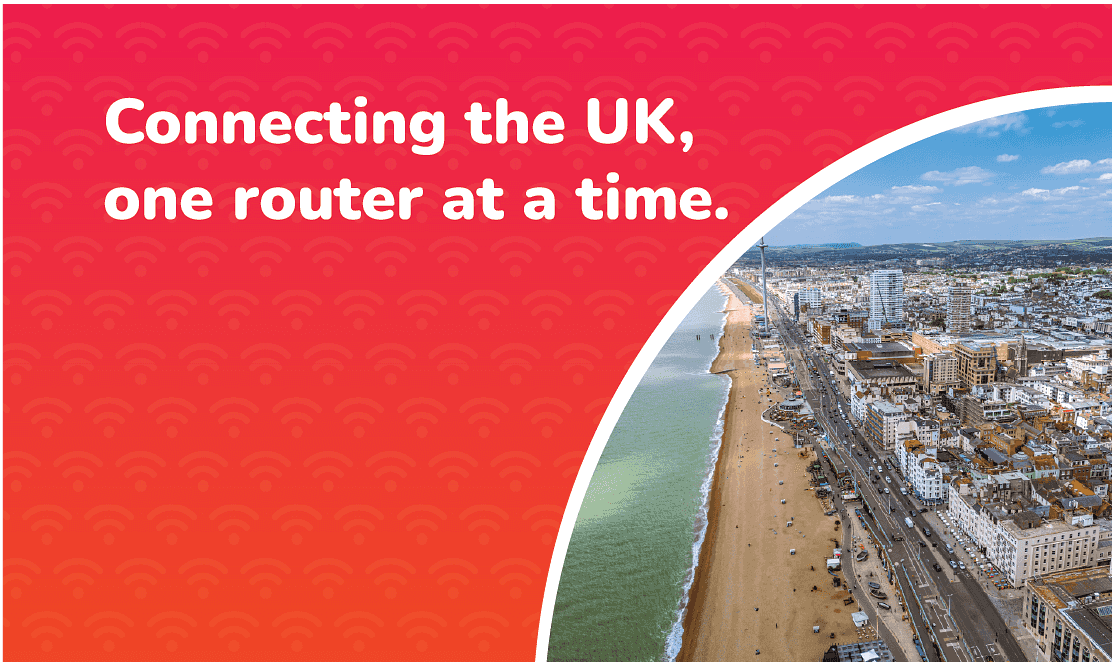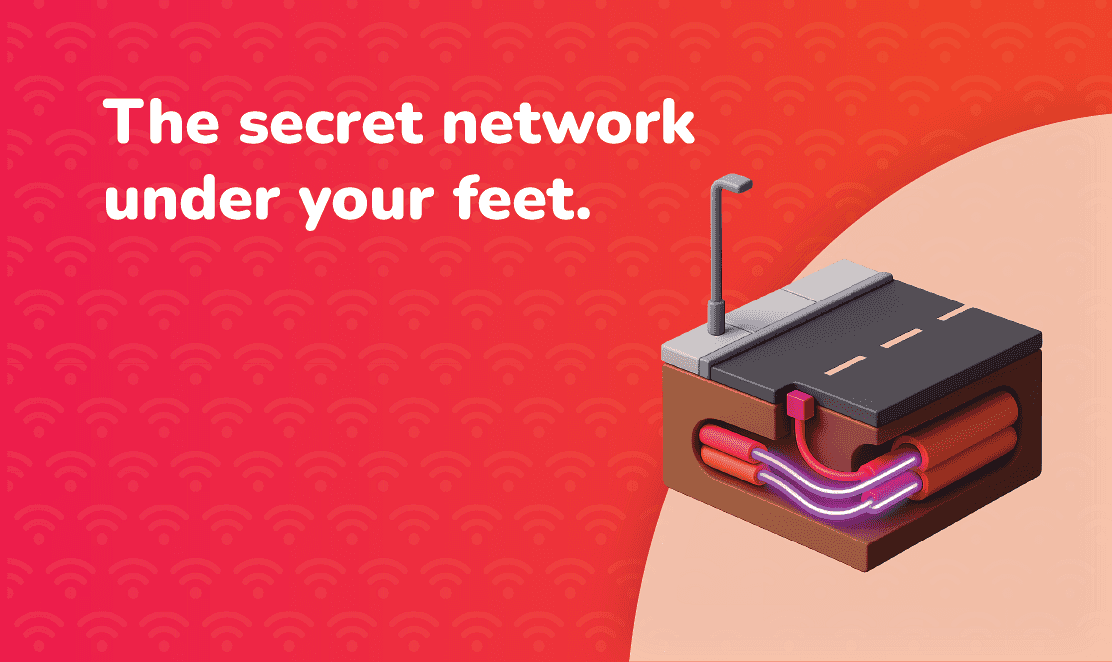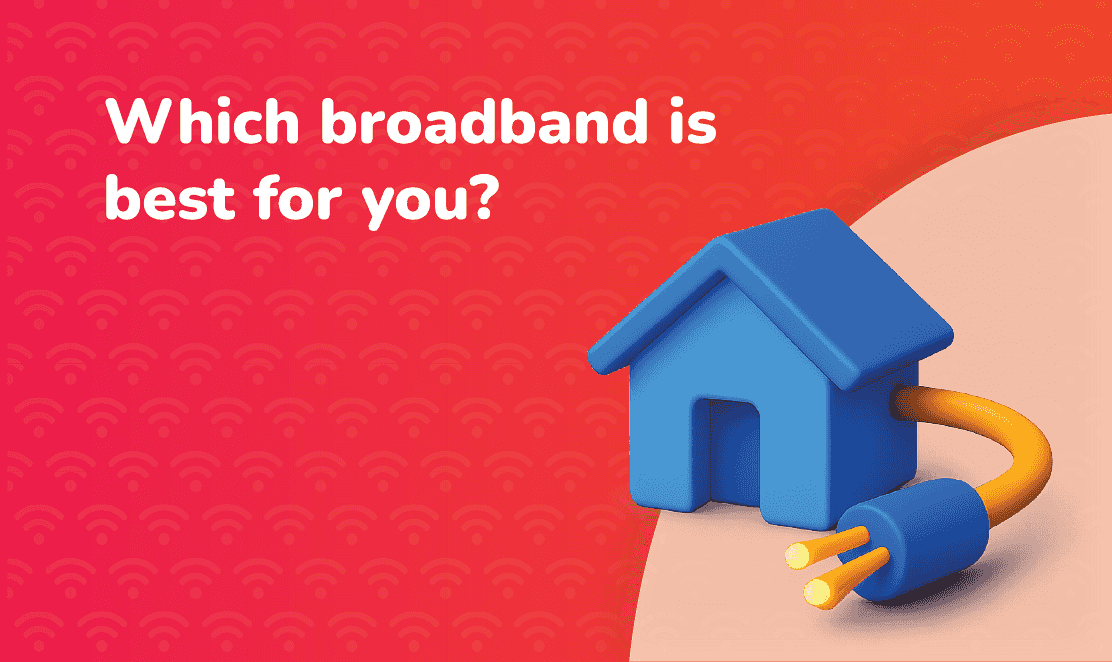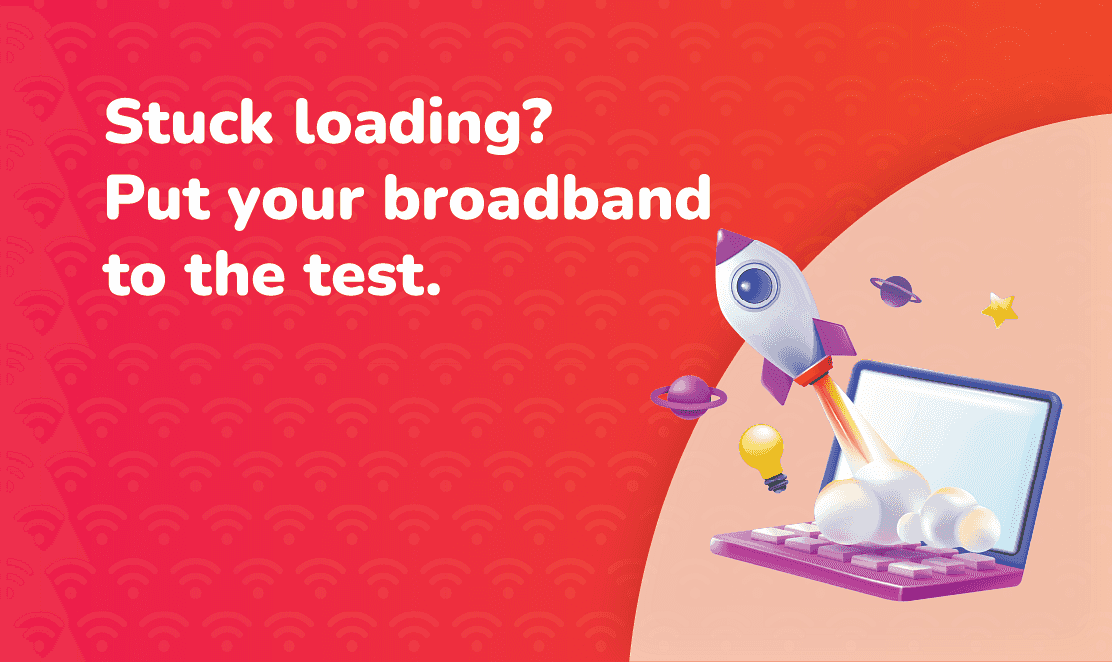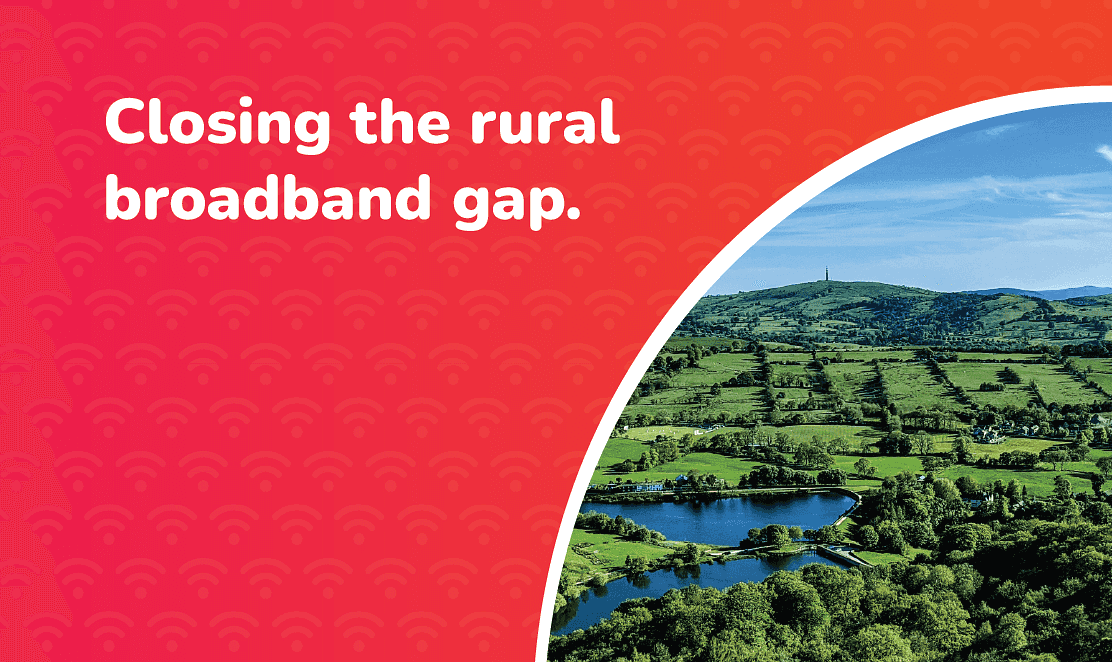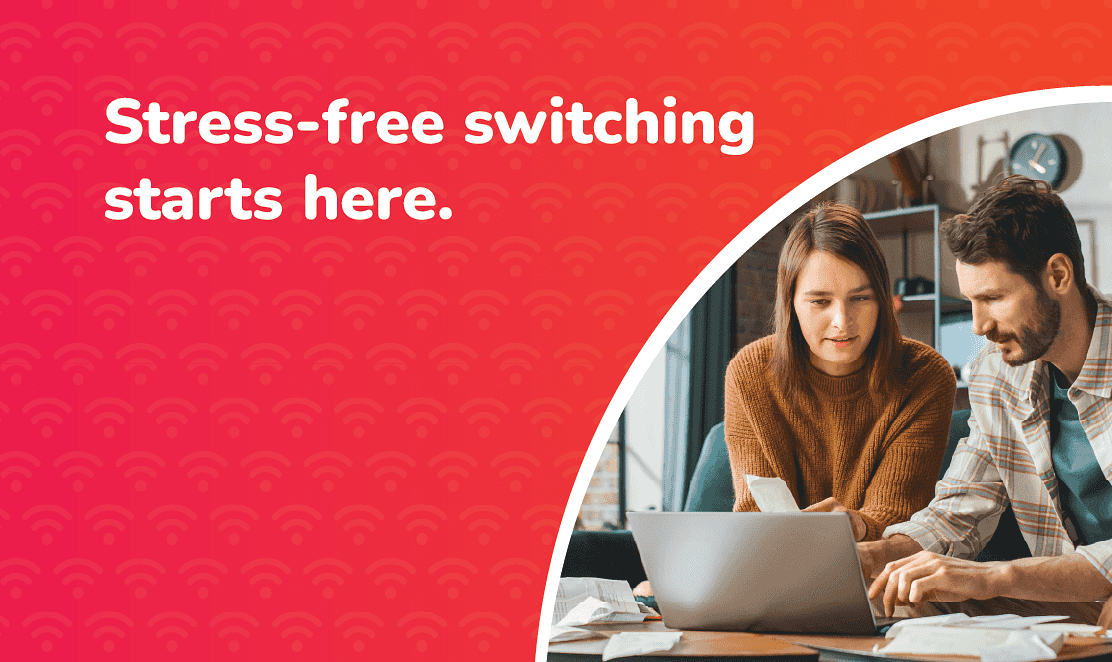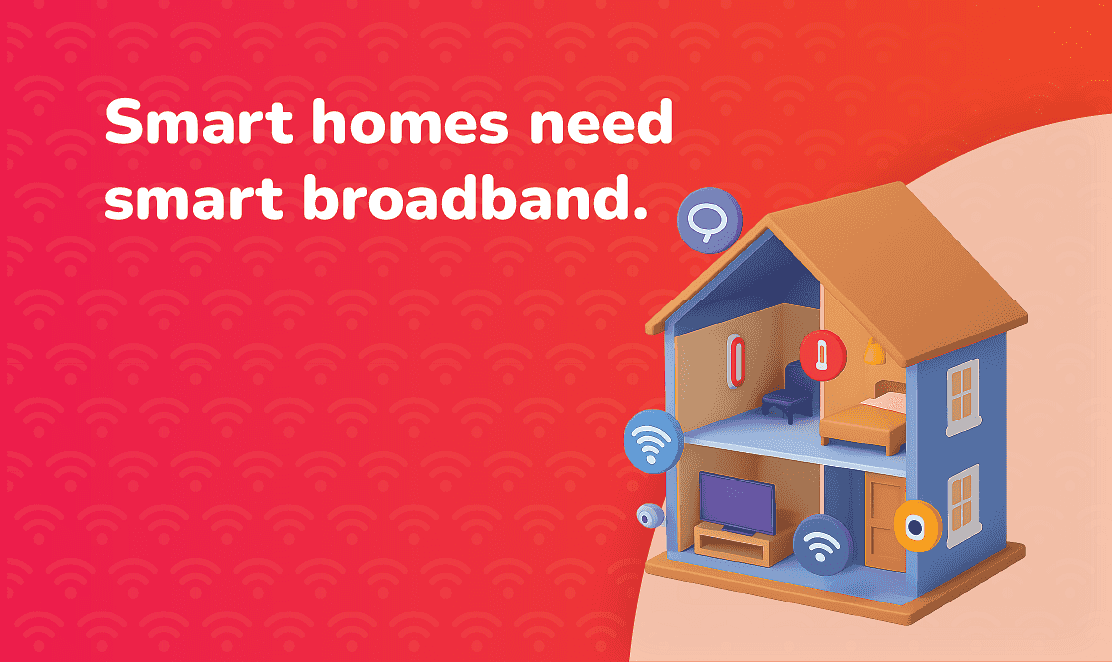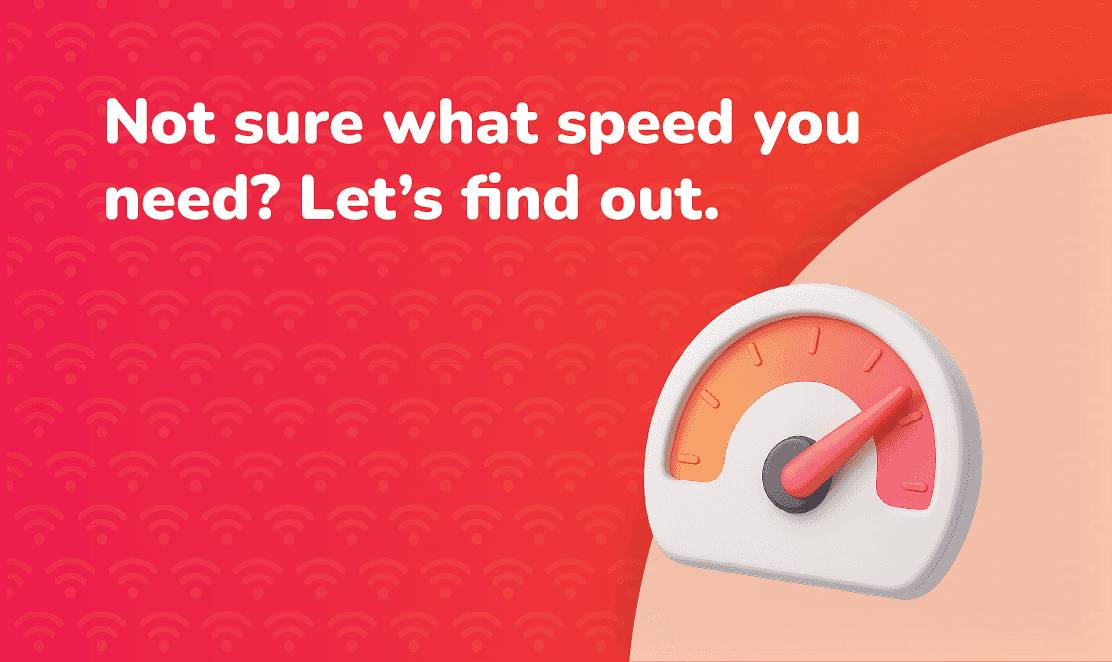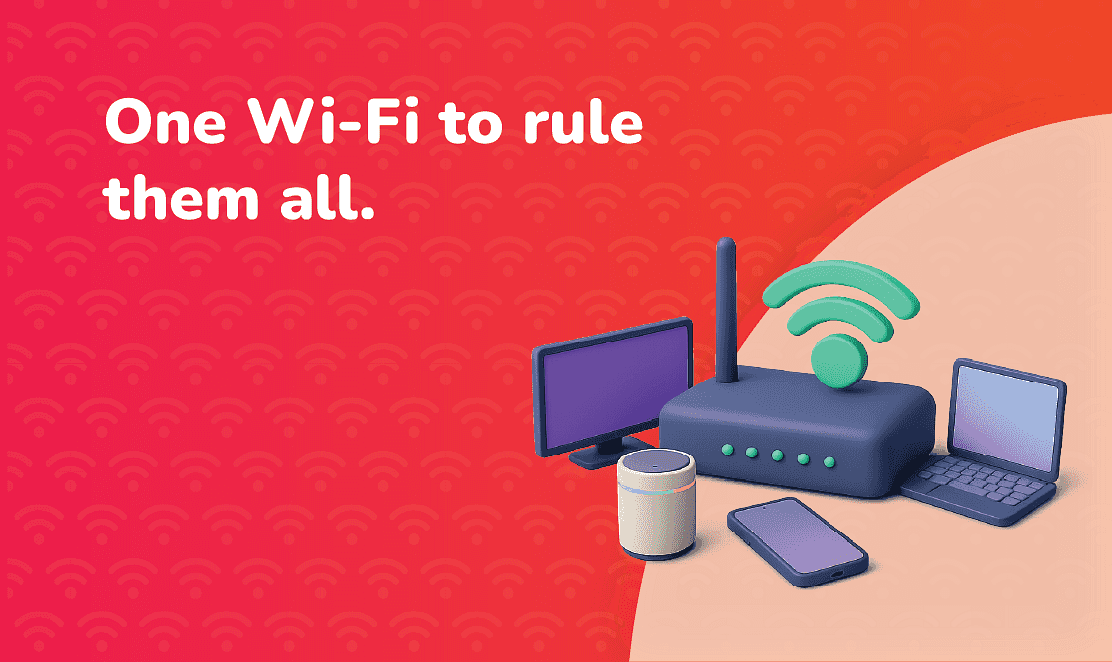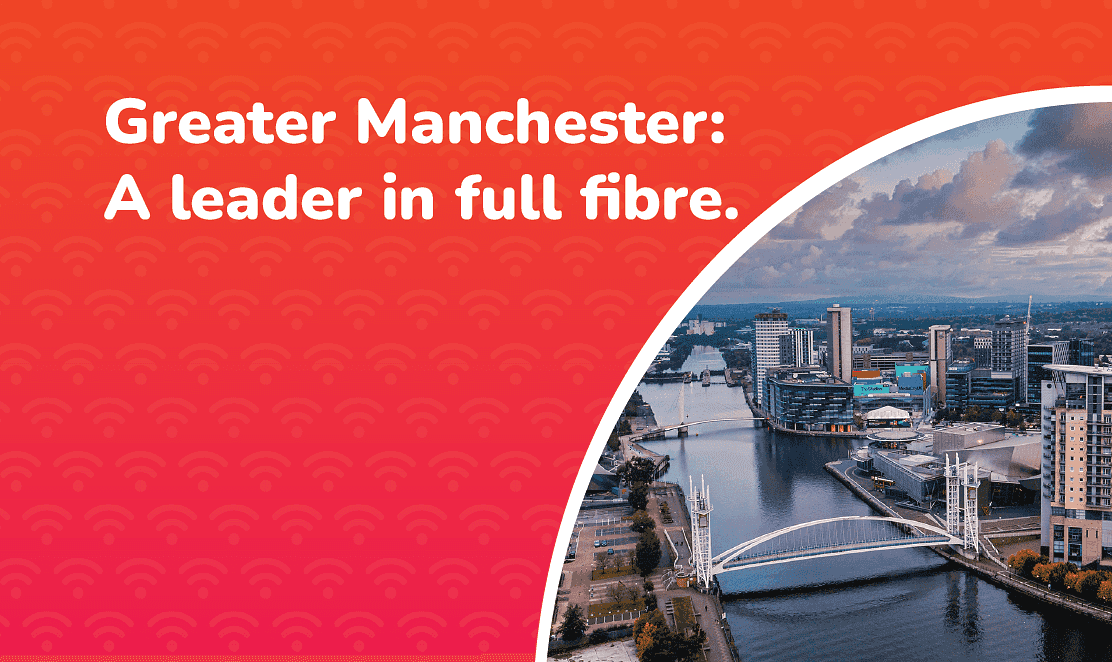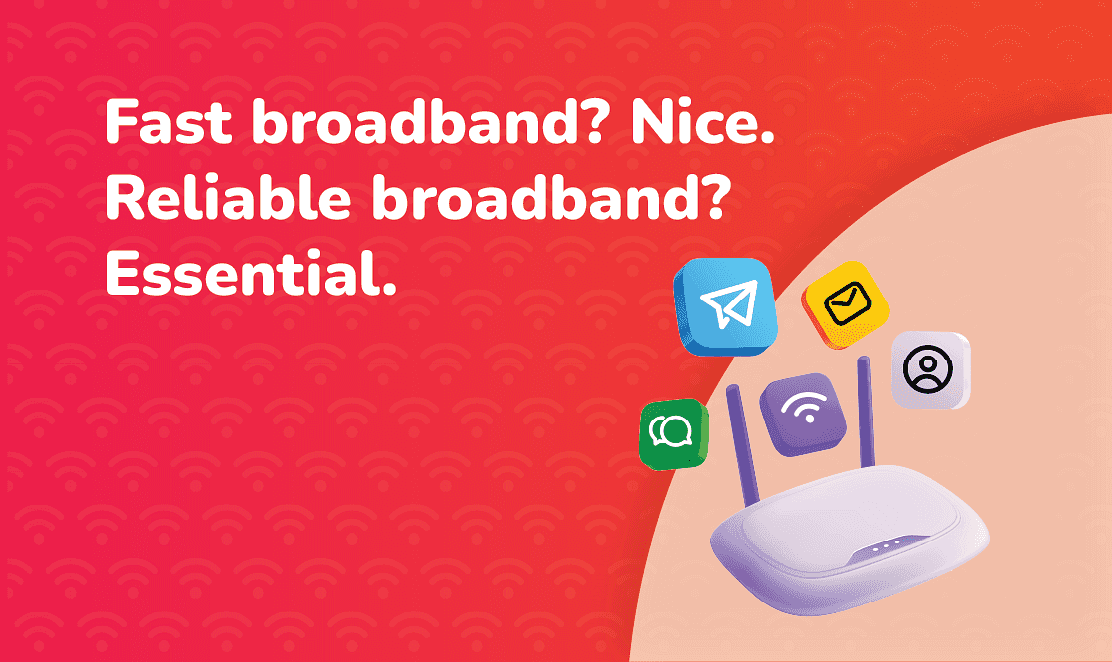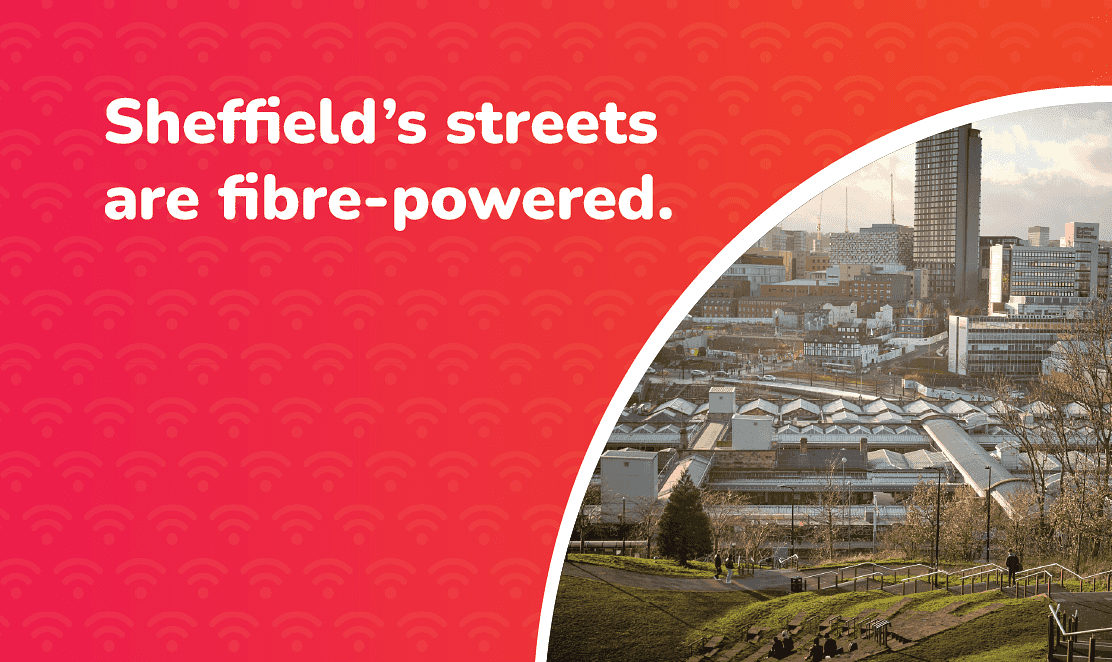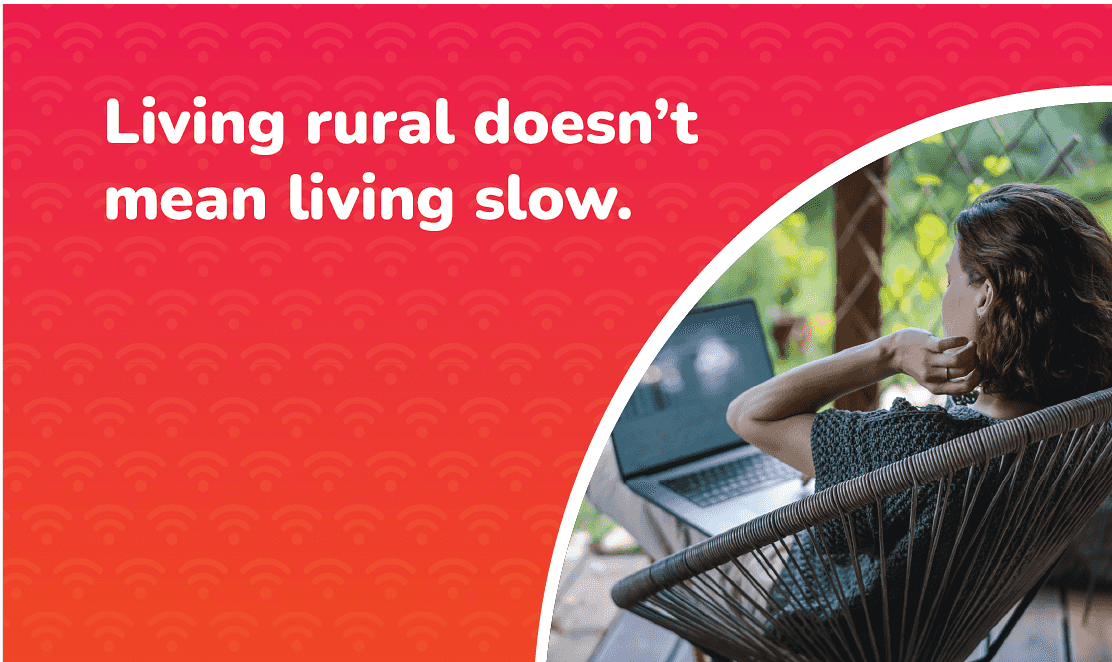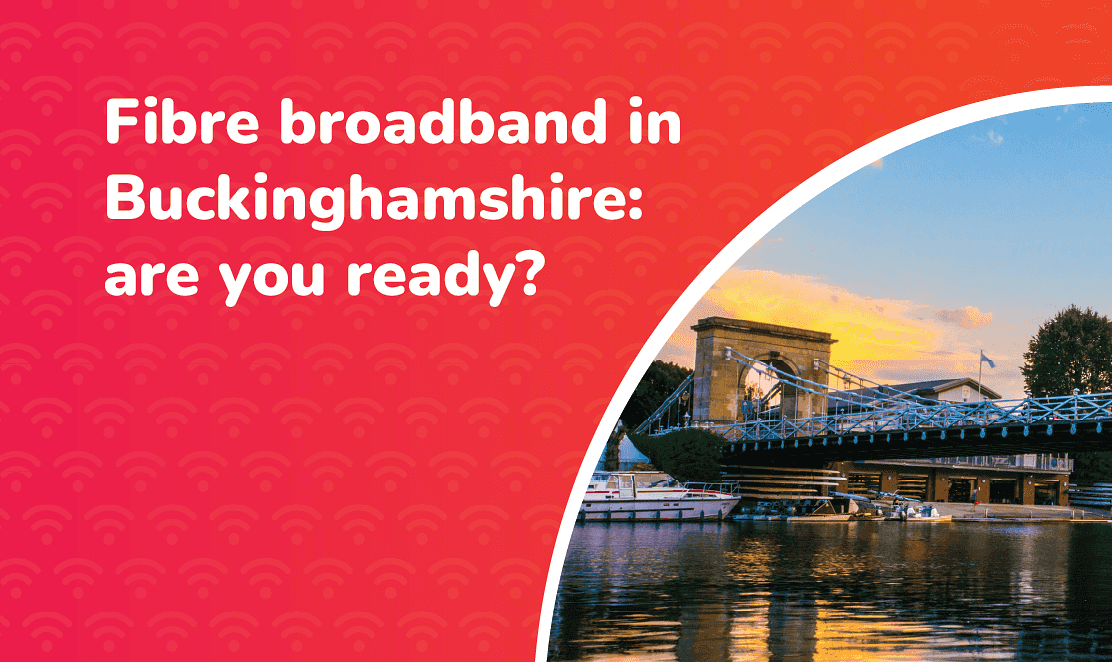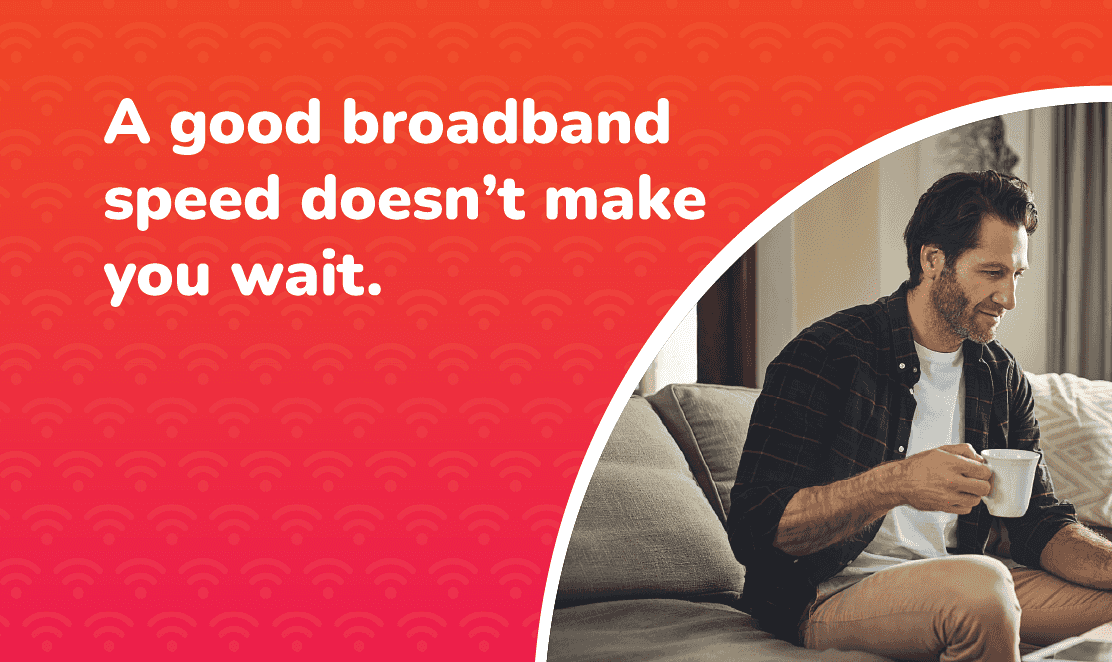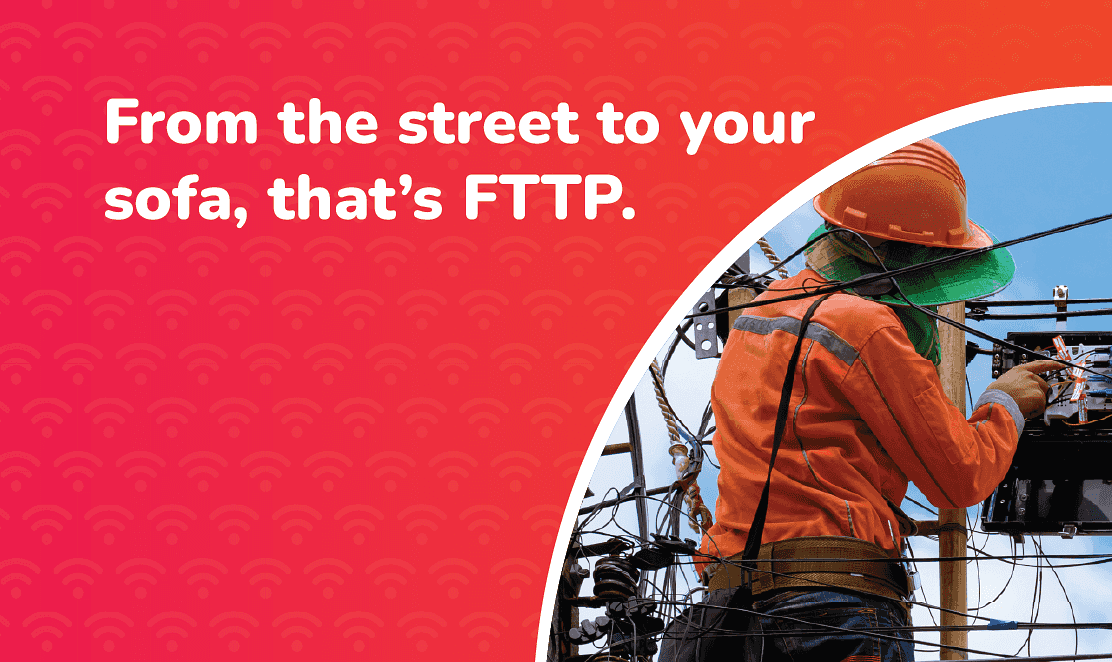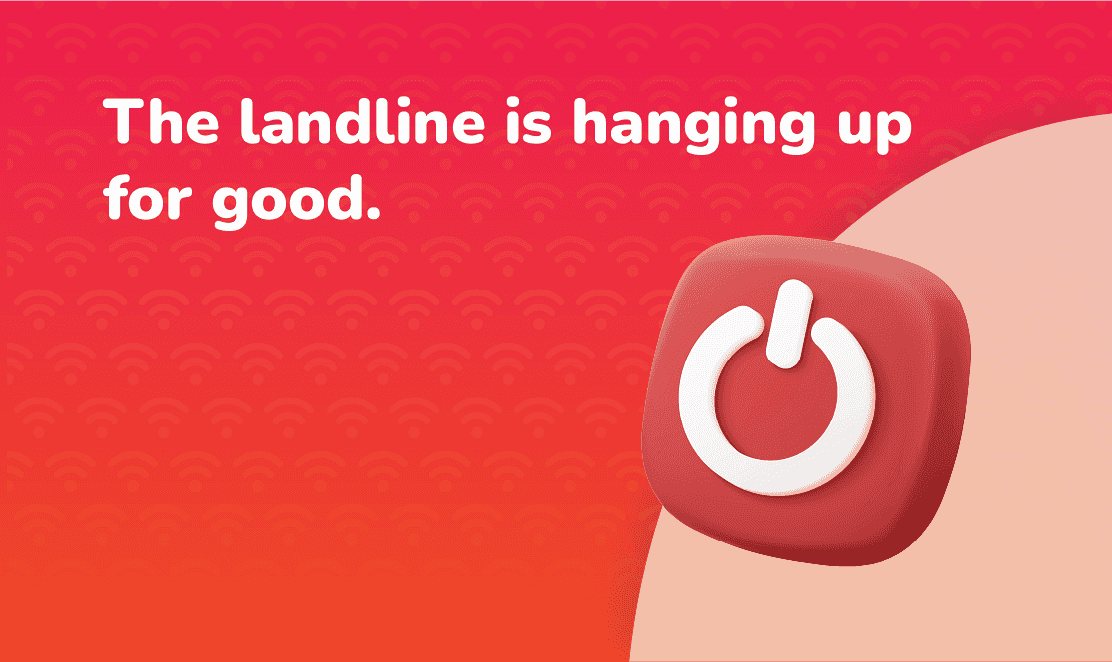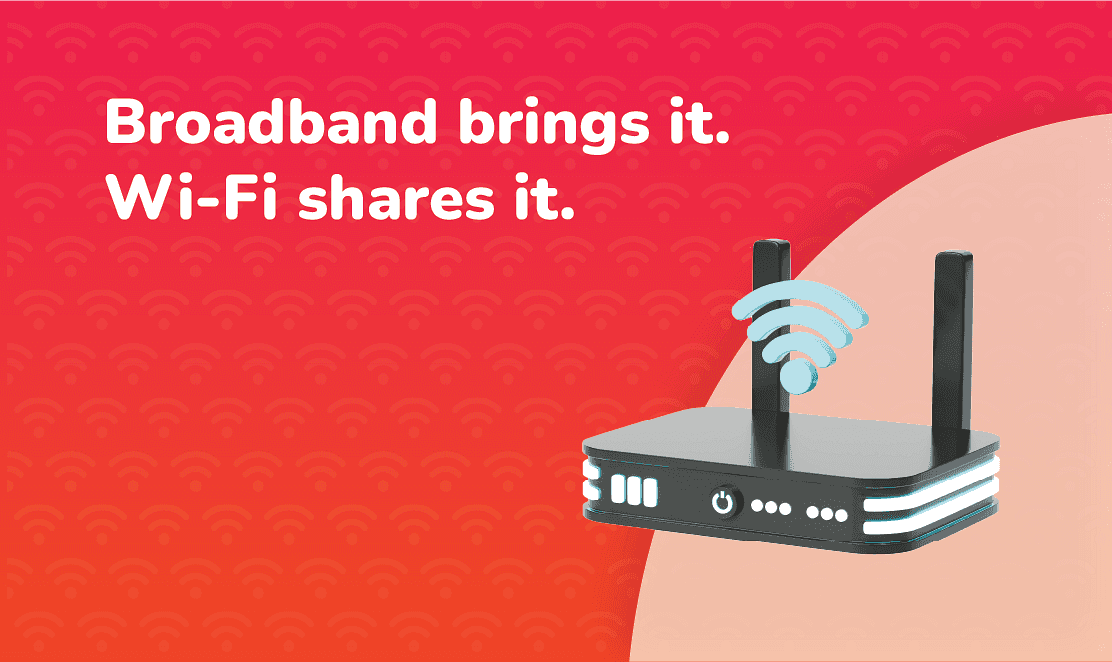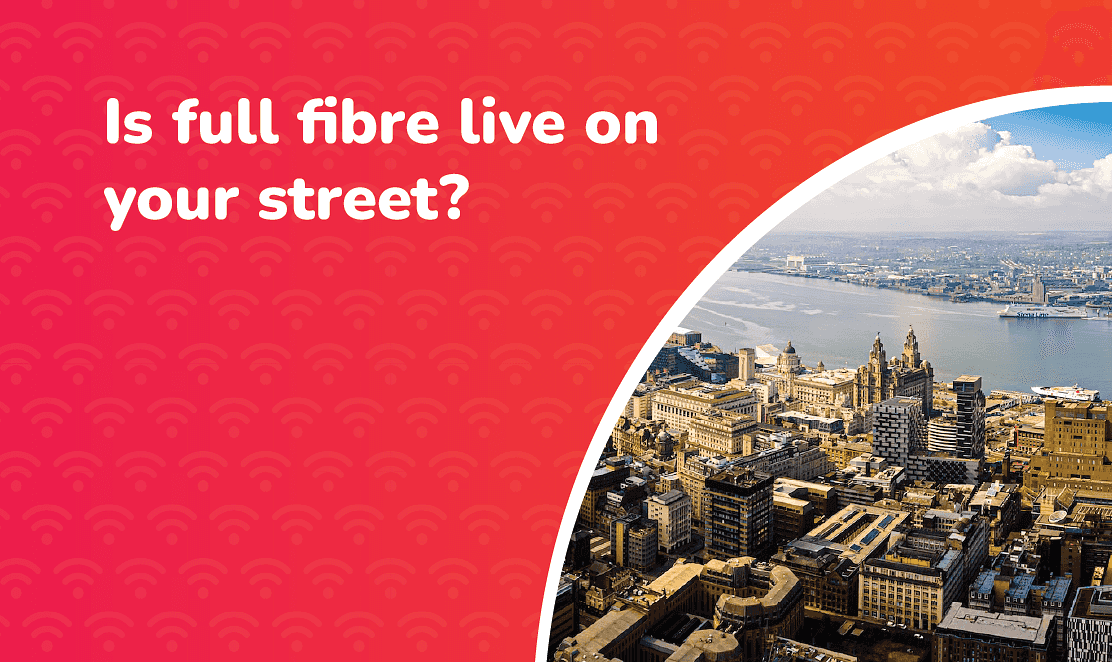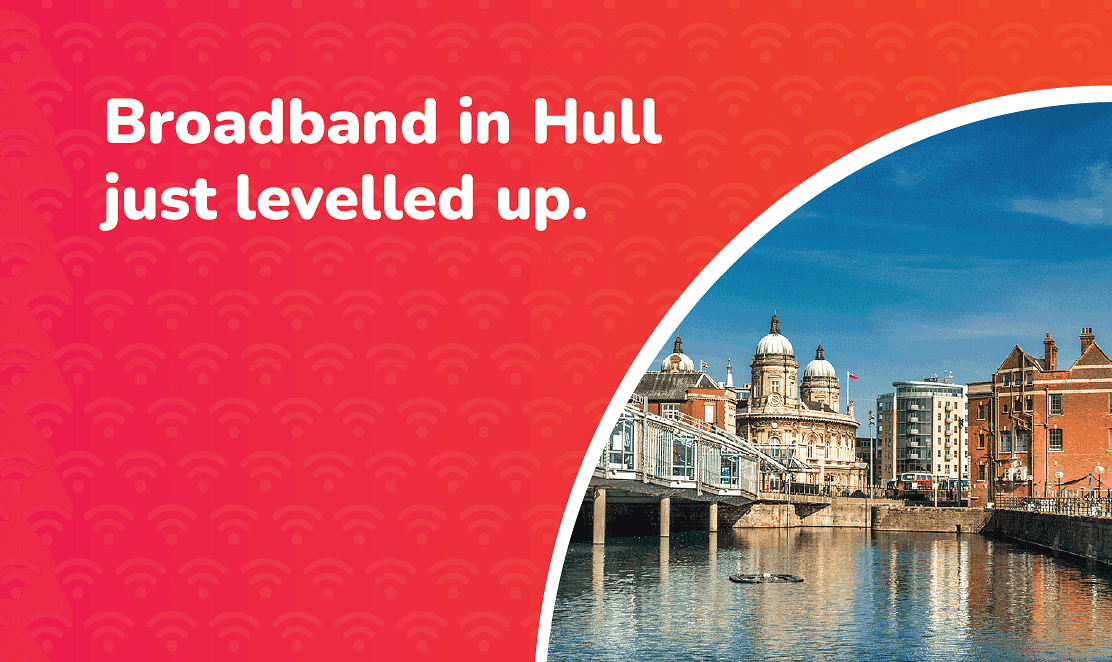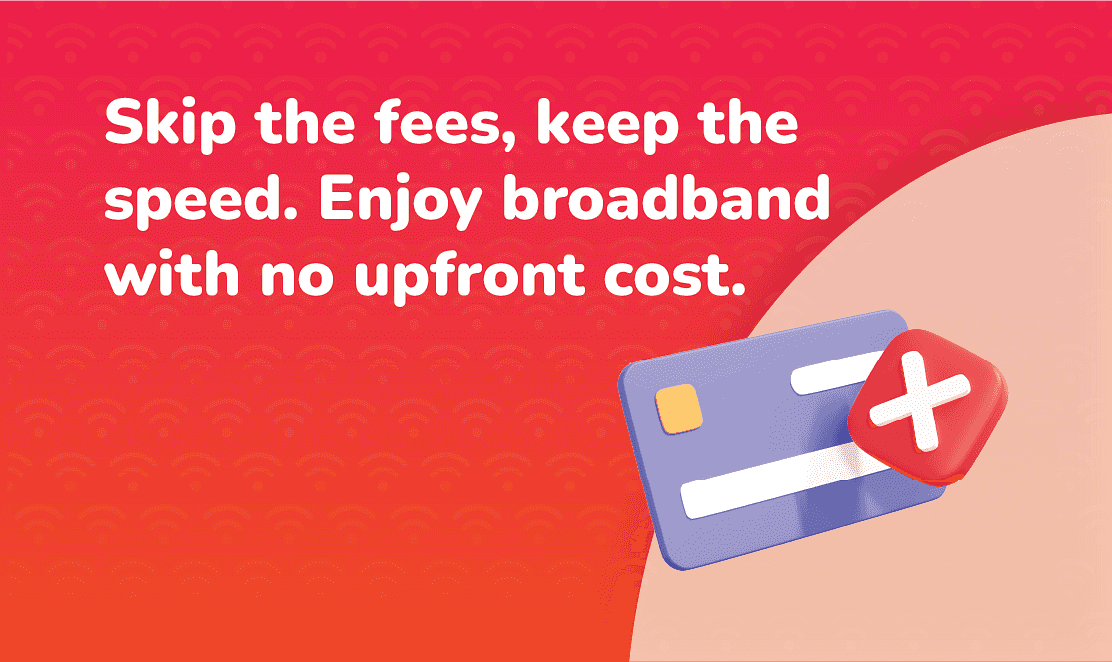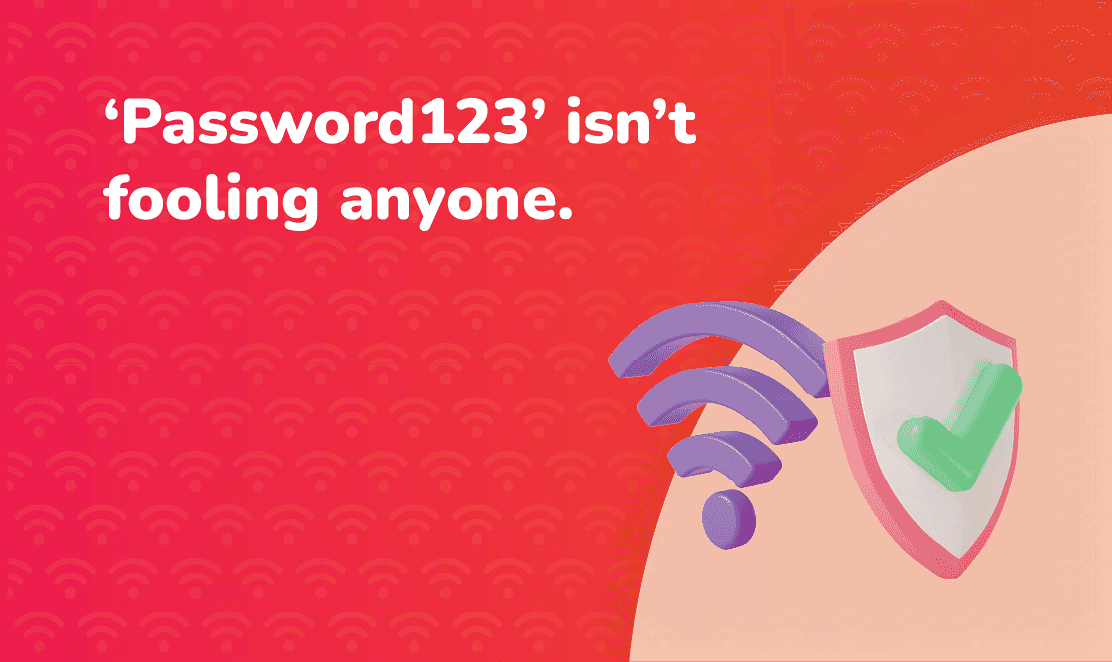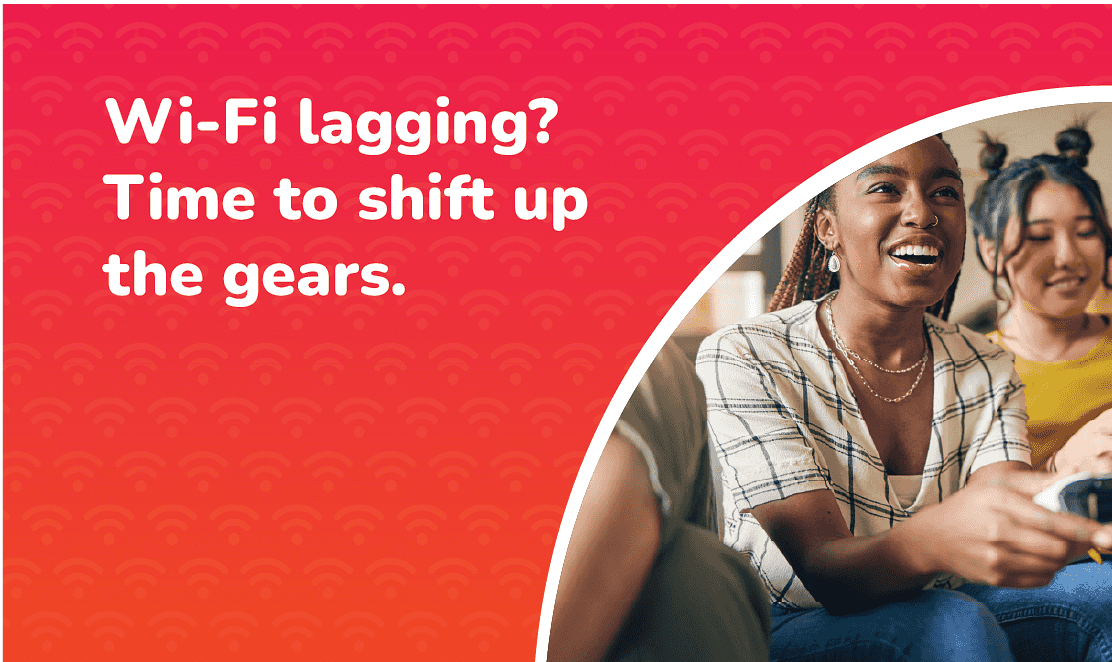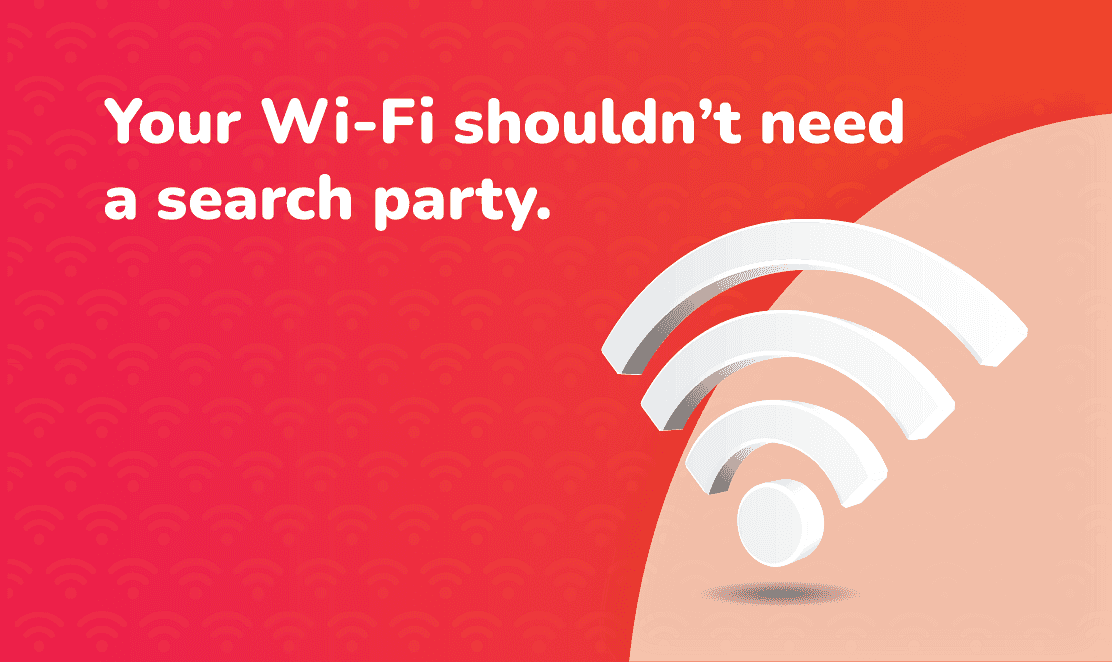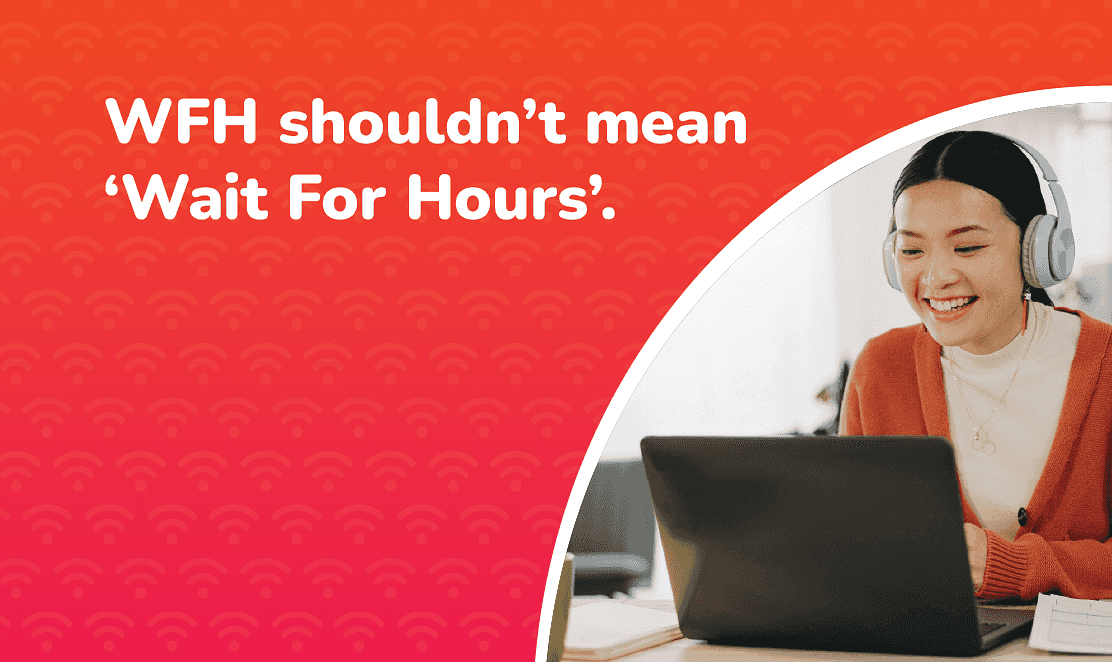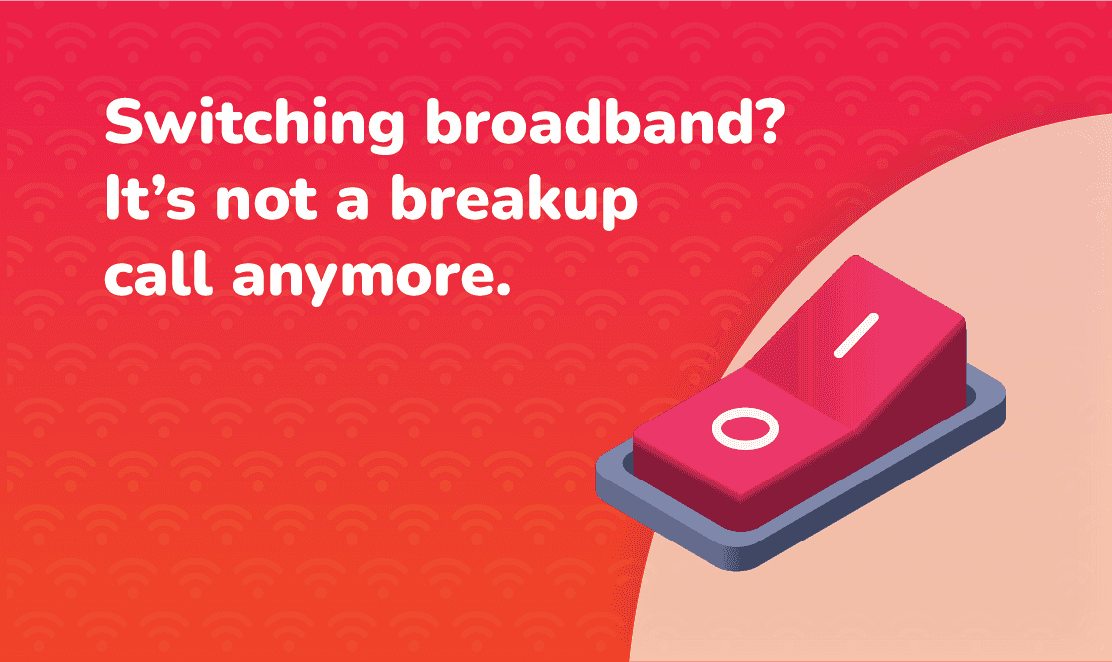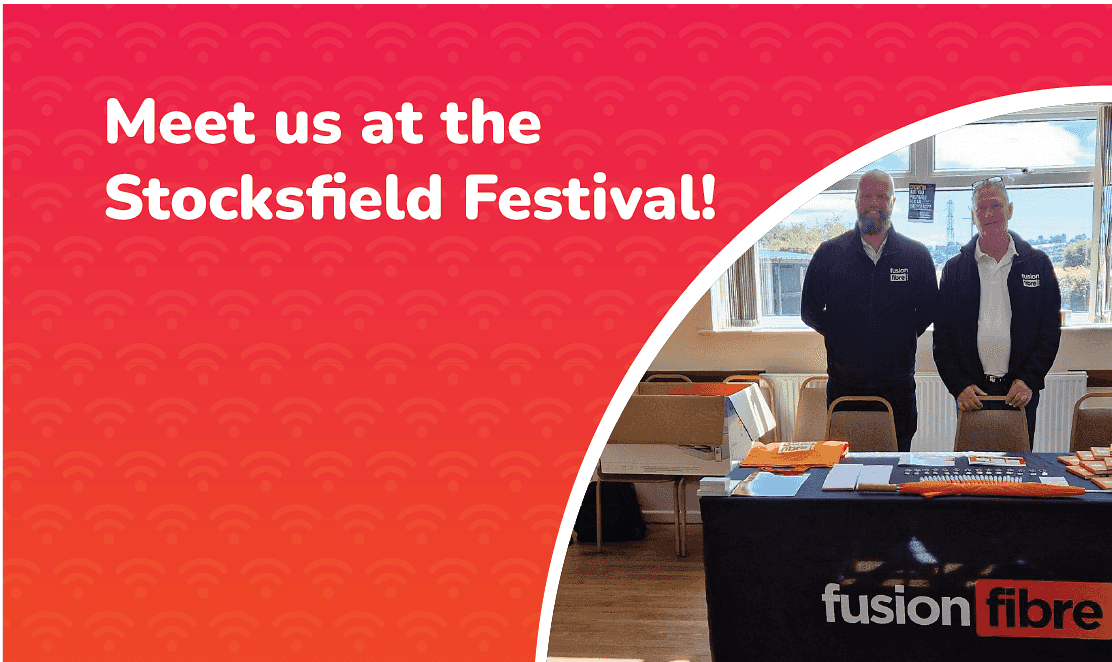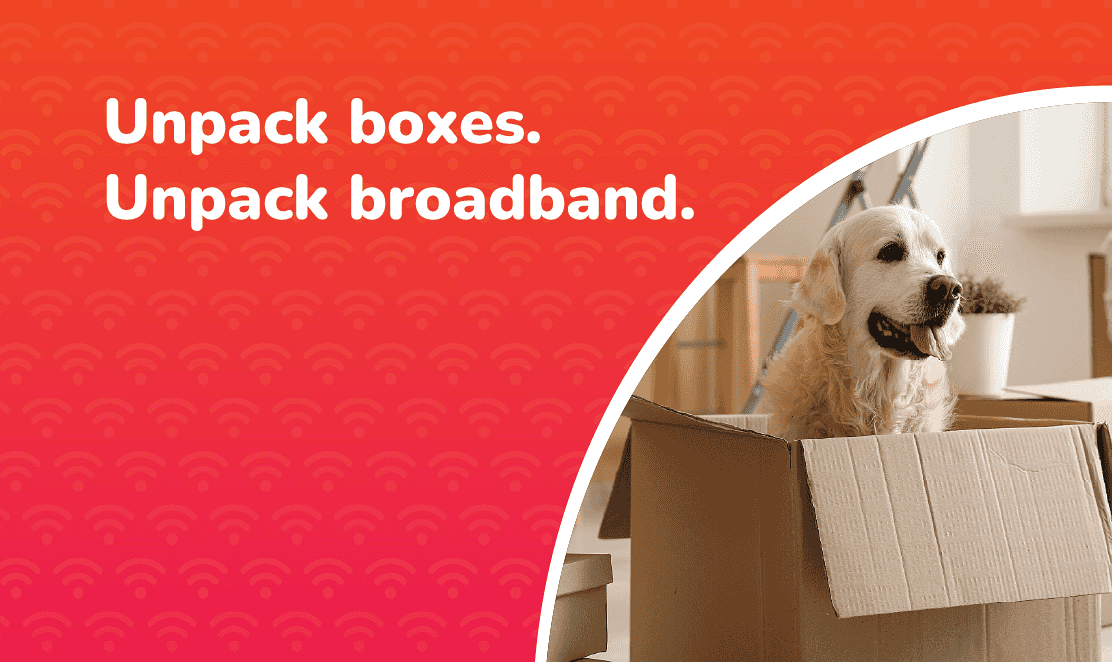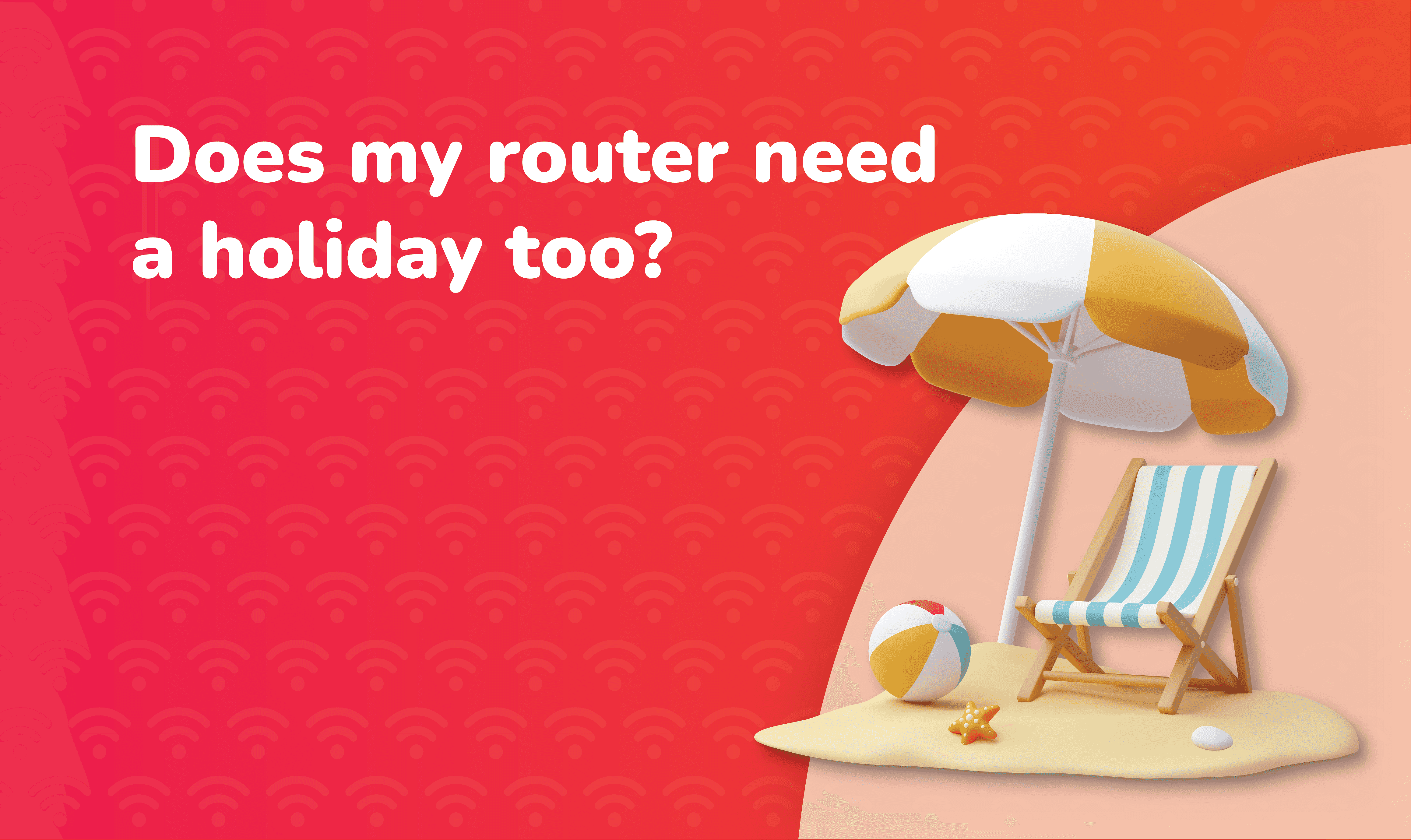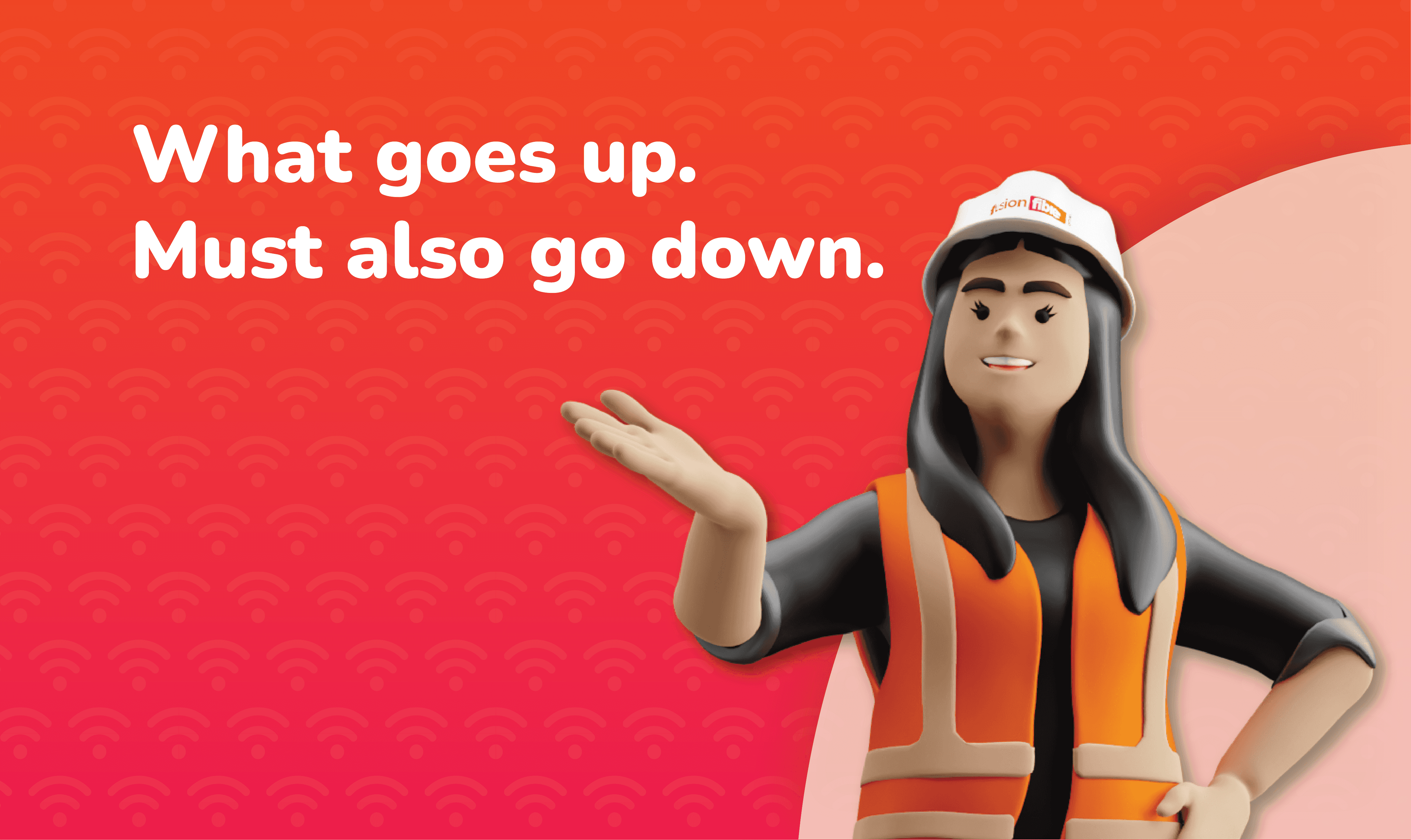Reading time: 8 minutes
Full fibre broadband is expanding across the UK at record speed, yet many homes and businesses are still asking the same question: why isn’t fibre available in my area yet? The reality is that the rollout of full fibre (FTTP) is a huge infrastructure project, and several factors can cause delays or gaps in coverage.
In this guide, we will explore why fibre broadband may not be available where you live, the challenges holding back rollout, and when you can expect ultrafast connectivity to reach your street.
Fibre Broadband Rollout in the UK
The UK’s fibre rollout has grown rapidly in recent years. According to the Financial Times, full fibre coverage jumped from just 12% in January 2020 to more than 78% of UK households by mid-2025. Data from ThinkBroadband shows this has now passed 80% of homes and businesses across the UK as of October 2025.
This progress is significant, yet it still leaves many properties without access to fibre. Rural villages, older housing developments, and certain urban pockets remain underserved due to the complexity and cost of installing new infrastructure.
Why Fibre Broadband Isn’t Available in Your Area
If you’re still waiting for fibre, you’re not alone. Full fibre rollout is a massive project, and there are a few key reasons it might not have reached your area yet. Here are three of the most common factors that influence when and how fibre gets installed.
Infrastructure Challenges
Installing fibre cables often means digging up roads, accessing underground ducts, or fitting new poles. In dense urban areas, this can cause disruption and lengthy delays. In rural communities, long distances between properties increase costs and make rollout less commercially attractive. See how fibre is delivered in our guide: Full Fibre Installation in the UK.
Investment Priorities
Providers usually prioritise areas with higher population density, where they can connect more households quickly and see faster returns on investment. Smaller towns and rural villages often have to wait longer for rollout. The good news is that full fibre expansion is accelerating, and more rural areas are now being added to provider build plans each month.
Planning and Permissions
Fibre rollout can also be slowed by planning requirements. Local councils or landlords sometimes require additional permissions before work can begin. Blocks of flats, older properties, or conservation areas may need extra agreements before fibre installation can go ahead.
When Will Fibre Broadband Reach My Area?
The House of Commons Library confirms the UK Government’s target of making gigabit broadband available to at least 85% of premises by 2025, with nationwide coverage by 2030. With providers such as CityFibre and other alternative networks accelerating their rollouts, most homes are expected to be fibre-ready well before that deadline.
Check today with the Fusion Fibre Group Postcode Checker to see if ultrafast full fibre is live in your area.
Rural Fibre Broadband: How the UK Is Expanding Coverage
Rural and hard-to-reach communities are often the last to benefit from fibre rollout, yet targeted government schemes are designed to close this gap. Through Project Gigabit, billions of pounds are being invested to extend full fibre to areas that commercial providers alone would struggle to serve.
The programme also offers vouchers and subsidies that reduce installation costs, making it easier for providers to deliver ultrafast broadband to smaller villages, remote hamlets, and underserved regions. More than one million rural premises are expected to benefit by the middle of this decade.
If you live in a remote area, you may already be familiar with the many challenges of rural broadband, but the good news is that there are practical solutions. See our guide: How to Fix Rural Broadband Issues.
What to Do While Waiting for Fibre Broadband in Your Area
- Optimise your current connection: Make the most of existing copper services by improving Wi-Fi setup and considering faster FTTC (fibre-to-the-cabinet) packages. See our guide: How to Improve Broadband Speed.
- Register your interest: Let providers know you want fibre in your area. Higher demand can encourage them to bring forward rollout plans.
- Stay informed: Keep track of local rollout announcements from CityFibre, F&W Networks, MS3 Networks, Freedom Fibre, and Fusion Fibre Group.
Frequently Asked Questions
Why is fibre broadband not available in my area?
Fibre rollout depends on infrastructure, investment, and planning permissions. Some areas face delays due to high installation costs, low population density, or technical challenges.
When will fibre broadband be available in rural areas?
Government programmes such as Project Gigabit are funding rural rollout, with many villages expected to get fibre by 2026 and nationwide coverage targeted for 2030.
How can I check if fibre is available at my address?
You can check instantly using the Fusion Fibre Group Postcode Checker.
Can I speed up fibre rollout to my street?
Although you cannot control provider priorities, registering your interest and encouraging neighbours to do the same can increase demand and help push your area higher on the rollout list.
What are the alternatives if fibre isn’t available?
Alternatives include FTTC broadband, mobile broadband (4G/5G), or satellite services. These options are not as fast or reliable as full fibre but can provide a workable solution until fibre reaches your area.


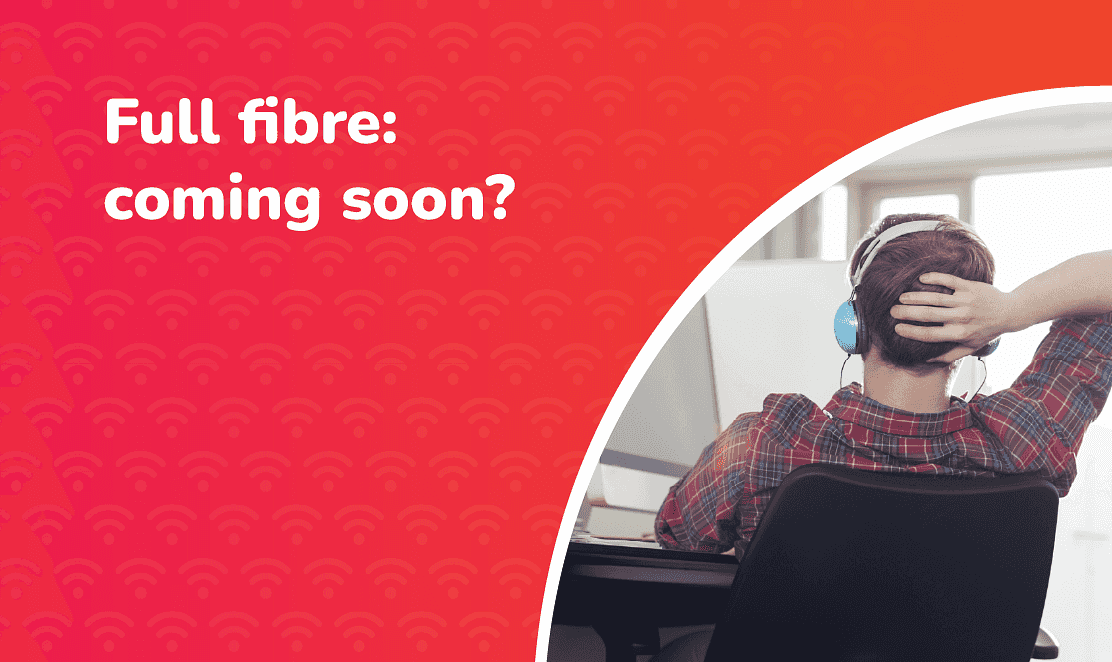 No image Big Thumb
No image Big Thumb 